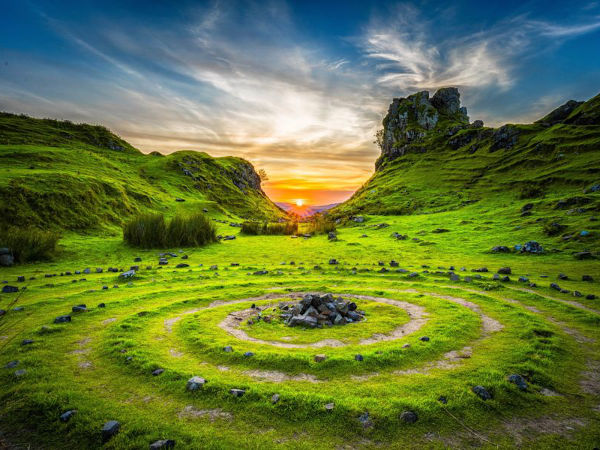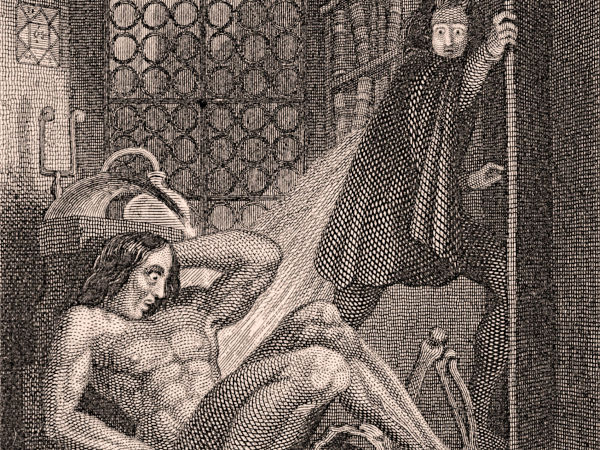Landscape Architecture as Profession; Landscape Architect as Archetype
Consider the landscape architect as a modern archetype for a person who navigates the social and ecological world through a relationship with landscapes.

Consider the landscape architect as a modern archetype for a person who navigates the social and ecological world through a relationship with landscapes.

Language mediates our inner and outer landscapes. Emotions exist without language, and yet language opens the door to an intuitive way of being in the world.

We cannot physically transform the world through landscape design in ten days, but we can change the way we see the world and make place by shifting perception.

The Void can be found in the archetypal landscape between heaven and earth, humanity and divinity. It is a clearing for truth in Heidegger’s phenomenology.

In The Origin of the Work of Art, Heidegger uses the hermeneutic circle to show that working and thinking are processes of unconcealing existential truth.

In Building, Dwelling, Thinking and The Thing, Heidegger shows how interpretations change our existential relationship with ourselves and the world.

Heidegger addresses what it means to dwell poetically in his essays. The conclusion: we are all capable of being poetic because it is part of being human.

Phenomenology as a concept can feel abstract. One way to understand experiences as phenomena is to consider the relationship between subject and object.

Our awareness is limited to what we know until we learn to shift the way we see. Phenomenology creates shifts by contextualising and bracketing experience.

Romantic science was sentimental and subjective and was simultaneously inseparable from and at tensions with religious faith. Art revealed this duality.